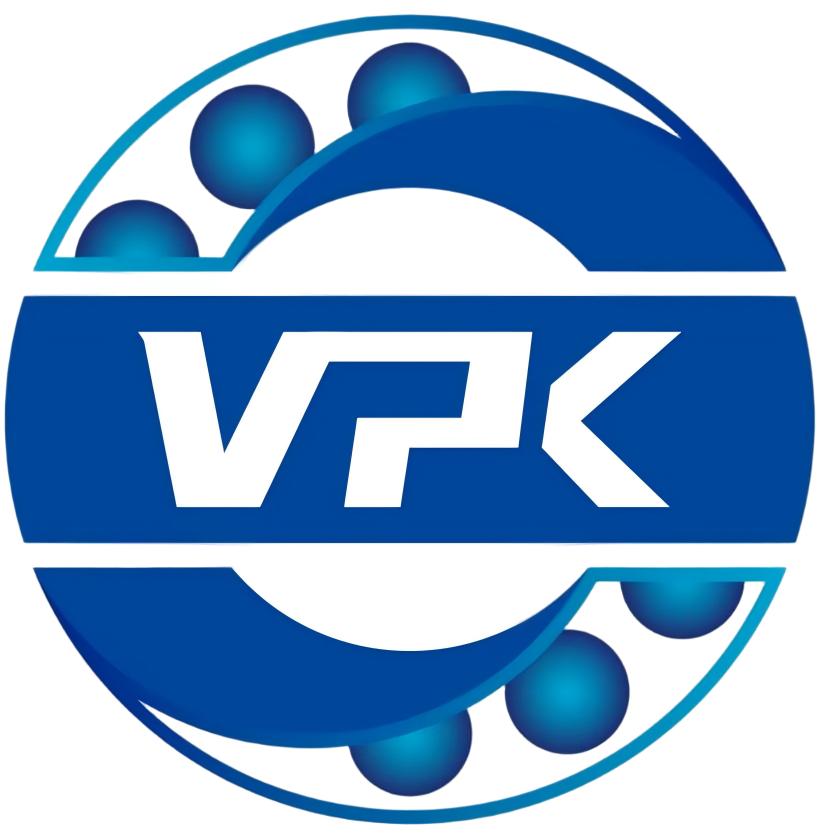- English
- Chinese
- French
- German
- Portuguese
- Spanish
- Russian
- Japanese
- Korean
- Arabic
- Irish
- Greek
- Turkish
- Italian
- Danish
- Romanian
- Indonesian
- Czech
- Afrikaans
- Swedish
- Polish
- Basque
- Catalan
- Esperanto
- Hindi
- Lao
- Albanian
- Amharic
- Armenian
- Azerbaijani
- Belarusian
- Bengali
- Bosnian
- Bulgarian
- Cebuano
- Chichewa
- Corsican
- Croatian
- Dutch
- Estonian
- Filipino
- Finnish
- Frisian
- Galician
- Georgian
- Gujarati
- Haitian
- Hausa
- Hawaiian
- Hebrew
- Hmong
- Hungarian
- Icelandic
- Igbo
- Javanese
- Kannada
- Kazakh
- Khmer
- Kurdish
- Kyrgyz
- Latin
- Latvian
- Lithuanian
- Luxembou..
- Macedonian
- Malagasy
- Malay
- Malayalam
- Maltese
- Maori
- Marathi
- Mongolian
- Burmese
- Nepali
- Norwegian
- Pashto
- Persian
- Punjabi
- Serbian
- Sesotho
- Sinhala
- Slovak
- Slovenian
- Somali
- Samoan
- Scots Gaelic
- Shona
- Sindhi
- Swahili
- Tajik
- Tamil
- Telugu
- Thai
- Ukrainian
- Urdu
- Uzbek
- Vietnamese
- Welsh
- Xhosa
- Yiddish
- Yoruba
- Zulu
- Kinyarwanda
- Tatar
- Oriya
- Turkmen
- Uyghur


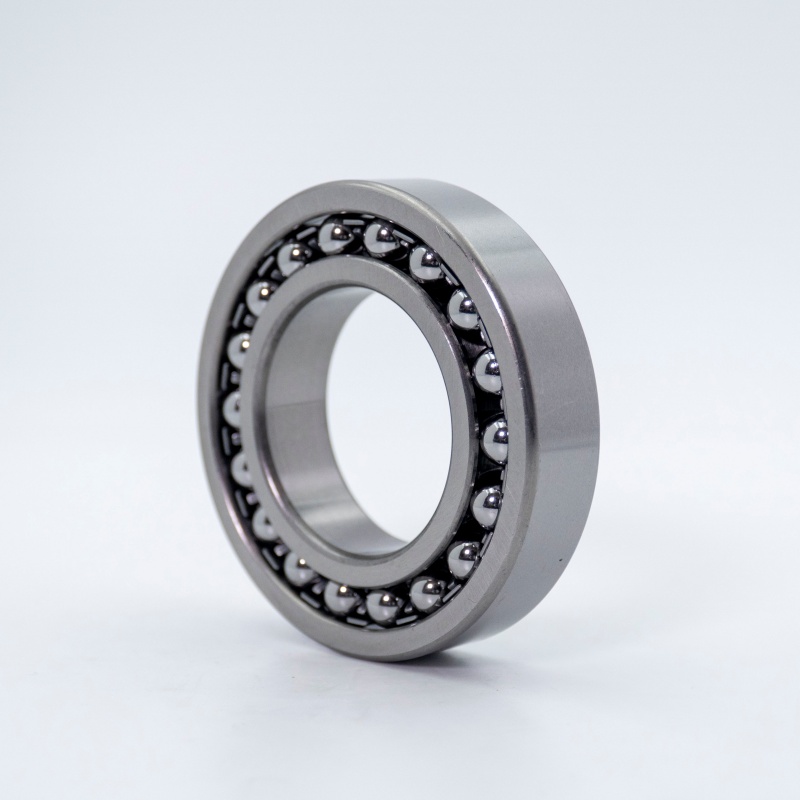
1315 K
Self-aligning ball bearings stand out for their unique ability to automatically compensate for angular misalignment between the shaft and the housing. This misalignment can stem from shaft deflection, mounting errors, or foundation settlement. Unlike standard bearings, self-aligning types offer greater operational flexibility, reducing stress concentrations that lead to premature failure in demanding applications.
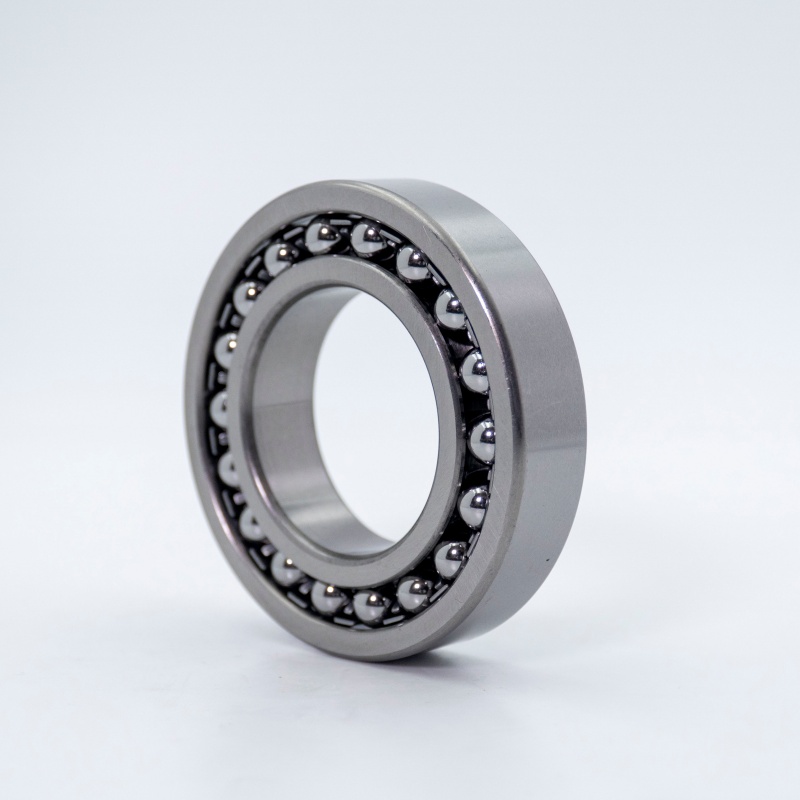
1316
Self-aligning ball bearings stand out for their unique ability to automatically compensate for angular misalignment between the shaft and the housing. This misalignment can stem from shaft deflection, mounting errors, or foundation settlement. Unlike standard bearings, self-aligning types offer greater operational flexibility, reducing stress concentrations that lead to premature failure in demanding applications.
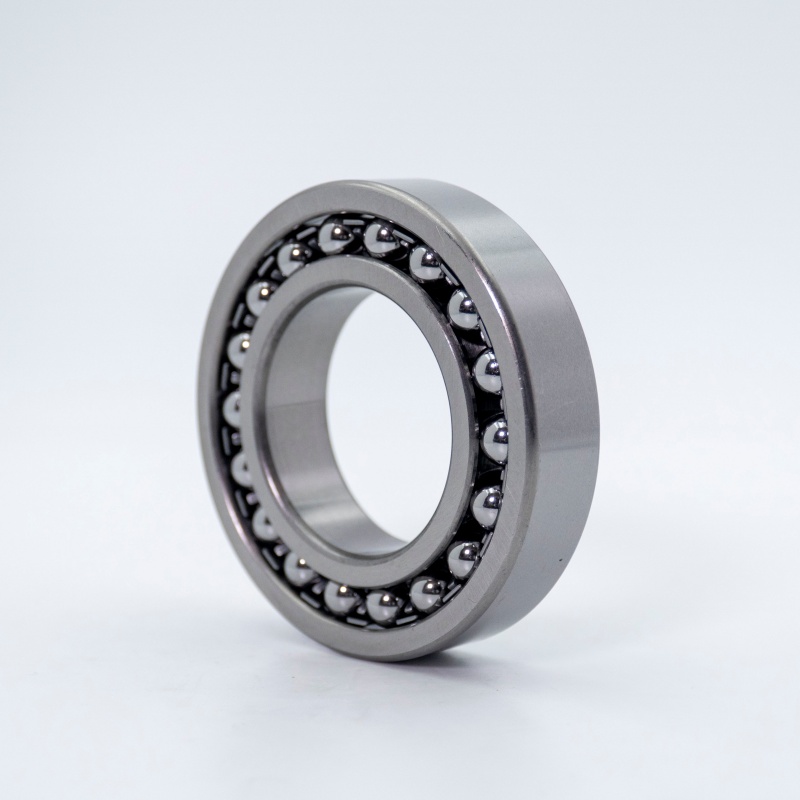
1316 K
Self-aligning ball bearings stand out for their unique ability to automatically compensate for angular misalignment between the shaft and the housing. This misalignment can stem from shaft deflection, mounting errors, or foundation settlement. Unlike standard bearings, self-aligning types offer greater operational flexibility, reducing stress concentrations that lead to premature failure in demanding applications.
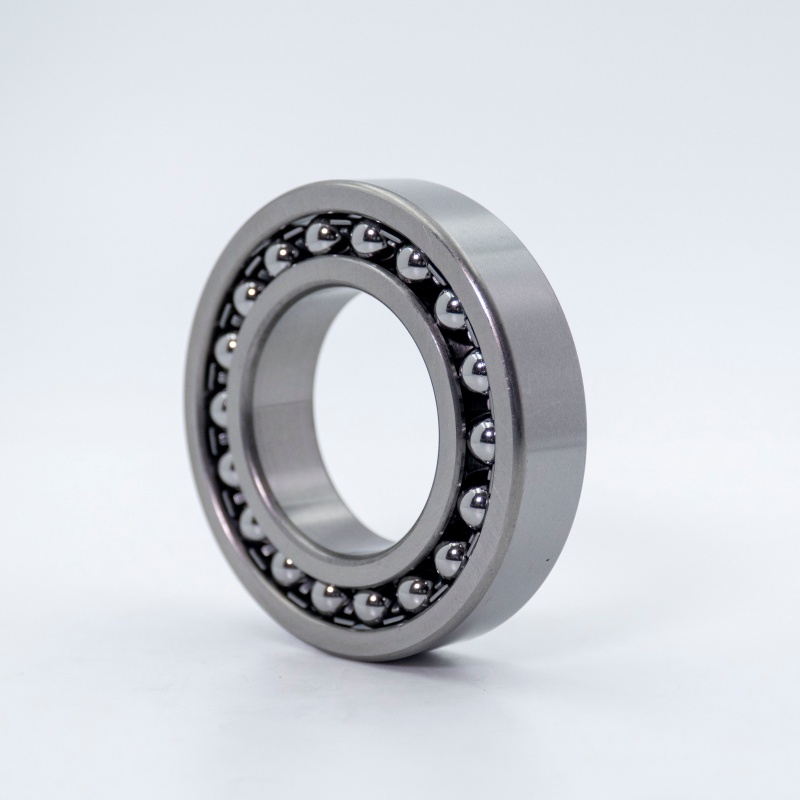
1317
Self-aligning ball bearings stand out for their unique ability to automatically compensate for angular misalignment between the shaft and the housing. This misalignment can stem from shaft deflection, mounting errors, or foundation settlement. Unlike standard bearings, self-aligning types offer greater operational flexibility, reducing stress concentrations that lead to premature failure in demanding applications.
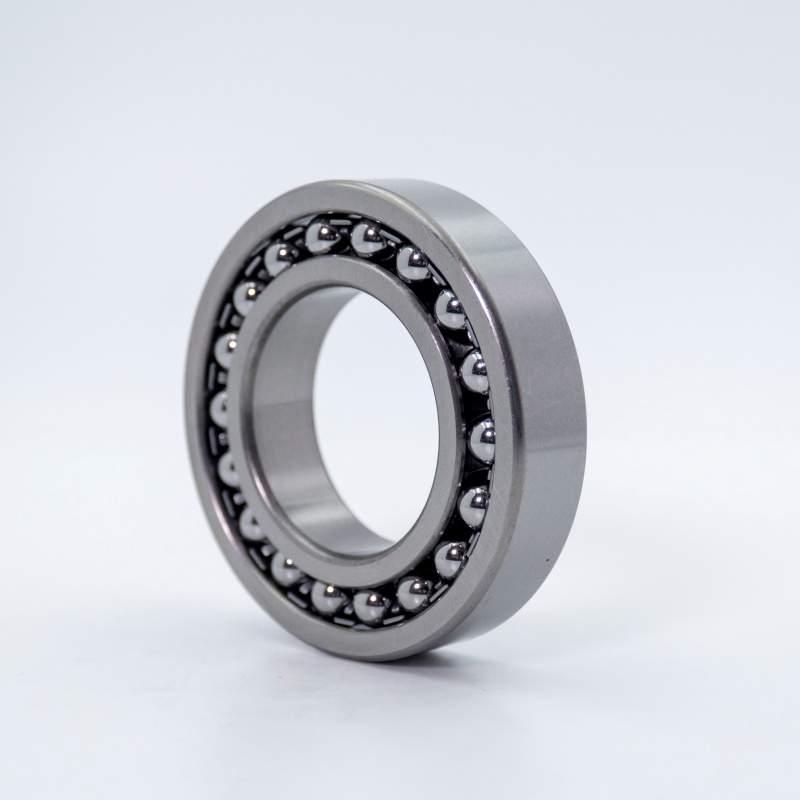
1318
Self-aligning ball bearings stand out for their unique ability to automatically compensate for angular misalignment between the shaft and the housing. This misalignment can stem from shaft deflection, mounting errors, or foundation settlement. Unlike standard bearings, self-aligning types offer greater operational flexibility, reducing stress concentrations that lead to premature failure in demanding applications.
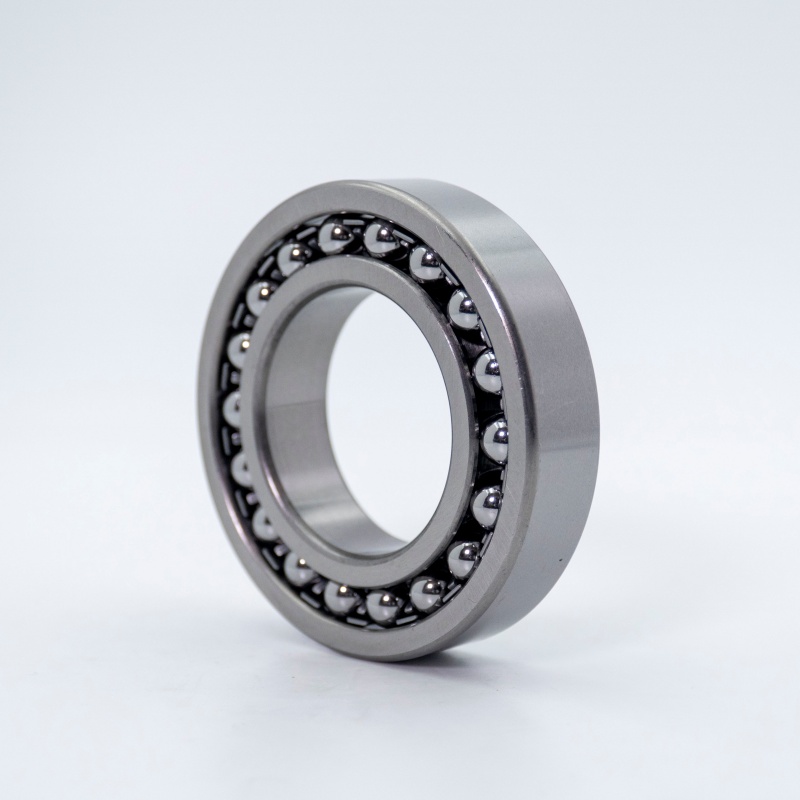
1318 K
Self-aligning ball bearings stand out for their unique ability to automatically compensate for angular misalignment between the shaft and the housing. This misalignment can stem from shaft deflection, mounting errors, or foundation settlement. Unlike standard bearings, self-aligning types offer greater operational flexibility, reducing stress concentrations that lead to premature failure in demanding applications.

1319
Self-aligning ball bearings stand out for their unique ability to automatically compensate for angular misalignment between the shaft and the housing. This misalignment can stem from shaft deflection, mounting errors, or foundation settlement. Unlike standard bearings, self-aligning types offer greater operational flexibility, reducing stress concentrations that lead to premature failure in demanding applications.
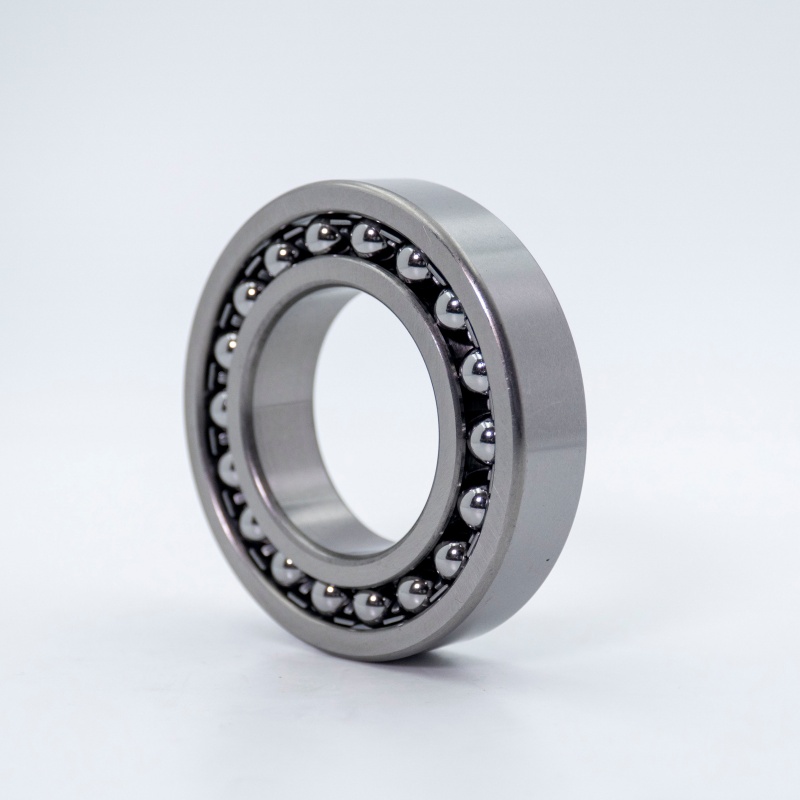
1320
Self-aligning ball bearings stand out for their unique ability to automatically compensate for angular misalignment between the shaft and the housing. This misalignment can stem from shaft deflection, mounting errors, or foundation settlement. Unlike standard bearings, self-aligning types offer greater operational flexibility, reducing stress concentrations that lead to premature failure in demanding applications.
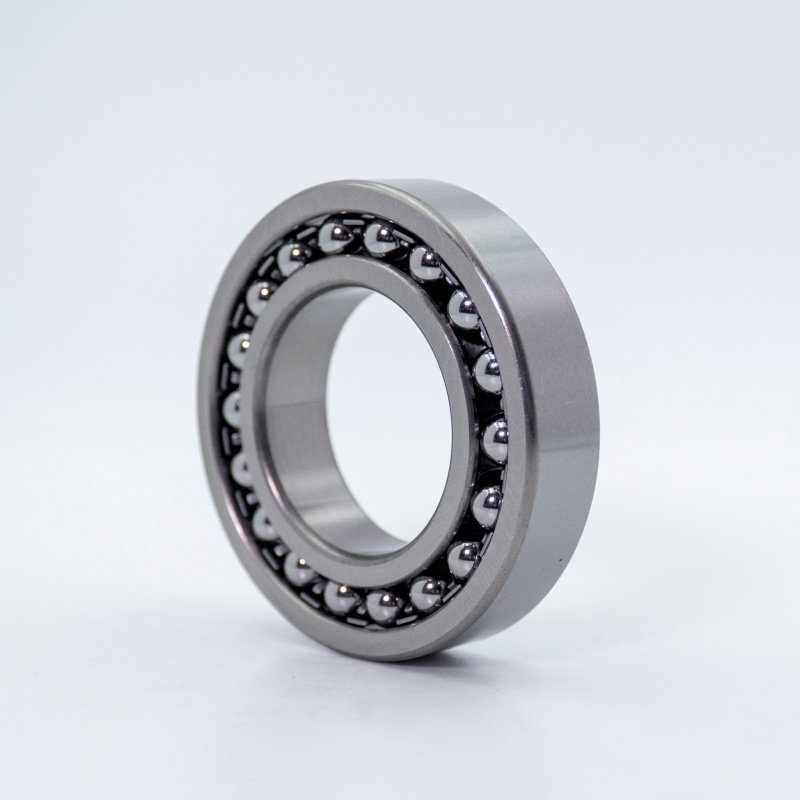
1320 K
Self-aligning ball bearings stand out for their unique ability to automatically compensate for angular misalignment between the shaft and the housing. This misalignment can stem from shaft deflection, mounting errors, or foundation settlement. Unlike standard bearings, self-aligning types offer greater operational flexibility, reducing stress concentrations that lead to premature failure in demanding applications.
